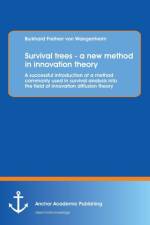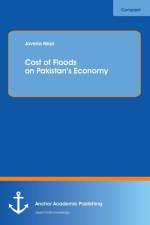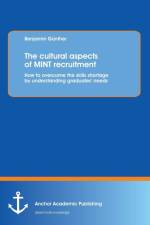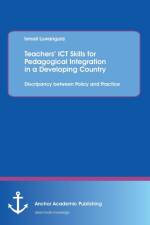- An In-Depth Analysis of Strategic Alliances for Air Cargo Carriers and the Impact on Cargo Airlines' Operations and Su
av Florian Smeritschnig
905
In the airline industry, the formation of highly integrated strategic alliances started during the 1990¿s. Thereby, Star Alliance became the first global player when passenger airlines faced deregulation, and wanted to support their growth and expansion in international markets. For cargo companies, this type of integration came around later, namely in the beginning of 2000. As a result of the increased co-operation, major alliances were formed with the launch of SkyTeam Cargo and WOW. In the dawn of the new century, these alliances should lay the cornerstone for the achievement of a long term success through synergy effects, and higher competitiveness in terms of the individual and the group. A decade later, WOW and SkyTeam Cargo have evolved in different directions but, not all members or ex-members are pleased about the results. Strategic alliances in air transport have been studied widely but, most of the recent publications only cover the passenger side in this business. There are a lot of information and statements about the benefits that alliances can bring to its members. But, the review of the literature shows that research is very sparse when it comes down to the evaluation of the actual impact of alliance integration on air cargo carriers¿ standing. The objective of this book is to analyze and interpret the impact of a strategic alliance on cargo airlines¿ revenue-tonne-kilometres key figures (provided by Airline Business 1998-2010), and market share developments. The author¿s aim is on the one hand, to answer the question if air cargo operators did profit from alliance integration, and on the other hand, to give the reasons for this development. Besides, the book gives an overview about the market¿s environment, the characteristics of air freight, and the history of WOW and SkyTeam Cargo. Further, the additional questions are discussed in detail: ¿ How did carriers react to the challenges and opportunities in the market? ¿ What are the main benefits or disadvantages for alliance members?¿ What major challenges do (prospective) members face in an alliance?¿ What are the core arrangements and prerequisites for alliance integration?¿ Is there a common success, are there stability factors and why do alliances fail?¿ What alternatives are there to alliance formation






























